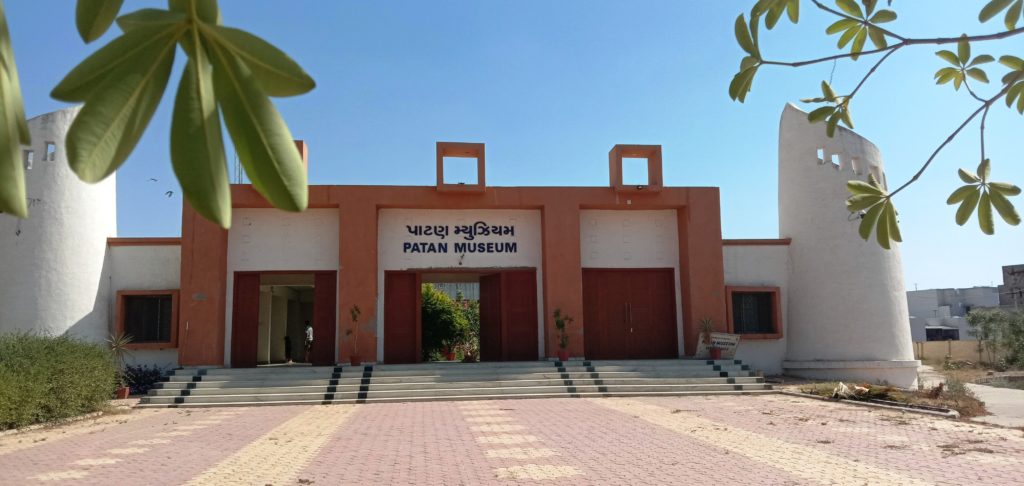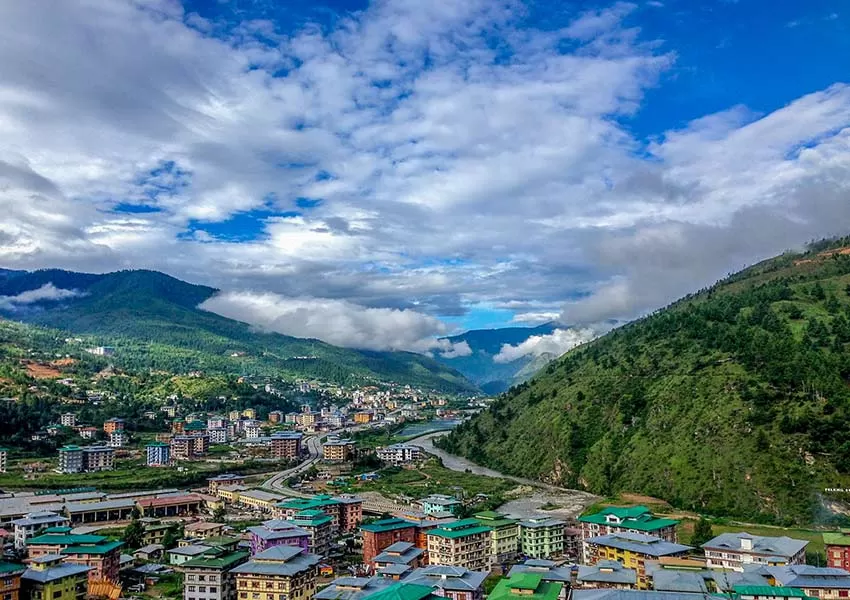Patan is an ancient city located in the state of Gujarat which is at a distance of 130 kilometers from Ahmedabad and 50 kilometers from Mehsana. Patan comes under the Saurashtra region of Gujarat which was once ruled by many powerful dynasties including the Chavdas, Solankis, and the Vaghelas. They upheld the glory of Saurashtra and saved the land from foreign invasions. Anahilvada Patan or Patan was founded by Vanraj Chavda (the first king of Chavda dynasty) in 650 AD and was the then capital of Gujarat. Patan started growing wealthy and opulent with time. Education and learning also bear a rich heritage at Patan. It was then the main school of learning Sanskrit and scholars from every corner of the country visited Patan to learn the same. It continued to be its capital till 1411 AD when the Vaghela dynasty lost its battle to Alauddin Khilji. Patan was destroyed wholly and the capital was shifted to Ahmedabad. Though ruined and shattered, Patan still sings the saga of a decade old city that was once the confluence of immense lushness and beauty.
Here, enlisted are some of the places of interest from Patan along with their historical facts that will help a traveler to know their heritage better.
Rani-ki-Vav (or Adlaj Step Well or the ‘Queen’s Step Well’)

This huge step well is more than 60 m long and 25 m deep. The step well was constructed by the widow Queen Udayamati in the loving memory of her husband Bhimdev Solanki in the 11th century. The seven-storeyed well was connected to River Saraswati whose water was stored in the tank during the hot days of summer. Individual storeys specify the water levels during different times of a year which helped in farming and irrigation in Patan.
The reservoir also has spiritual importance. The stepped stone construction is an inverted temple where one needs to go down through the stairs rather than going up. Or in other words, you have to alight seven stories to get into the bottom of the well. Water in Hindu mythology is considered to be very sacred and the paces of the well direct one to the Water God or Varun Dev through its systematic steps. The columns and the walls of the galleries are divinely engraved with statuettes and figures. There are numerous sculptures in the seven galleries of the well and majority of the sculptures are of the Hindu Gods and Goddesses. The Dashavatar of Lord Vishnu (Lord Rama, Lord Buddha, etc.), Lord Ganesha, Lord Indra with his consort and Goddess Lakshmi accompanied by Narayana are the most common sculptures along the walls. Visitors are allowed to descend till the fourth floor only after which the entry is prohibited. The current remaining of the well was excavated by the Archaeological Survey of India in 1985 when the artifacts of the well were found unharmed. It was also added to the list of UNESCO’s World Heritage site in 2014.



Sahastralinga Talav
Adjacent to the Vav stands the Sahastralinga Talav or ‘The Lake of a Thousand Shivlingas’. Chalukya king Siddharaj Jaisingh built this huge water tank in 1084 AD. Spread over an area of 7 hectares, the tank has 3 sluice gates that govern the flow of Saraswati to the well. As the Vav, the tank water was also treated with extreme holiness and a thousand Shivalangas were constructed along its stone embankments. The tank once had a temple dedicated to Lord Shiva and his consort Parvati which was located in its eastern banks. Though the temple exists no more, the ruins of its gorgeous supporting pillars are still there.

Patan Museum
Patan Museum is located at a small distance from the Vav. The museum was established in 2010 with an aim to up bring the rich traditional heritage of Patan that was mislaid in due course of time. The exhibition hall has all the remains from the excavation ground of Rani Ki Vav. Sandstone and marble sculptures dating back to the medieval period has been displayed in the museum along with parts of other figurines that were rescued during the excavation. There is also a hall where incidents from the life of King Jaysimha are exhibited.



Patan Patola Heritage Museum

Patan is the home of the renowned Patola silk and Patola Sarees and this heritage museum is the best junction to know about the art. History says that in the 12th century, King Kumarpal of Solanki Dynasty invited 700 weaver families from Maharashtra to practice the Patola heritage in Patan. Since then, out of those 700 families, only the Salvi family is practicing the art to date. The raw materials of the Patola silk include traditional pure silk and the natural dyes from vegetables that result in sober colors of the fabric. The fine Patola silk is famed for its smoothness, lightweight and vibrant colors. The price range of the textile varies from 1 lakh (with silver designs) to 2.5 lakh (with golden embroidery). The museum is both a workspace and a display of the Salvi family’s Patola works. The family has received many awards for their exceptional artistry which are also displayed in the halls.
Hemchandra Acharya Gyan Mandir
Hemchandra Acharya Gyan Mandir or Gyan Mandir is dedicated to Acharya Hemchandra who was a Jain scholar and a poet of the 11th century. His extensive works on Sanskrit and Prakrit grammar, mathematics, and philosophy made him dear to the King Jaysimha Siddharaj. His works include Dvyashraya Kavya, Salakapurusha, Kavyanuprakash and many more. Hemchandra Acharya Gyan Mandir is home to thousands of valuable Jain manuscripts that were mostly composed in Sanskrit and Prakrit. It is one of the richest collections in India and signifies the scholarly richness of Patan. A seated marble statue of Hemchandra can also be witnessed inside the premises.
Jain Temples
There are more than 100 Jain temples in Patan that were erected during the eleventh century. White marble works of the temples depicting the life of Mahavir can be witnessed along its stockades and crowns. The most popular and beautiful among them is Panchasara Parshvnath Jain Derasar or Patan Jain Temple.
Some other places to visit in Patan are Khan Sarovar, Veer Meghmaya Mandir, Old Kalika Mandir, Jalaram Mandir, and Gayatri Mandir. While speaking of history, the first place that peeps into our mind is Rajasthan but I must tell you that the city Patan is none less than any momentous and significant places in India. And that is the lone reason for a nomad to be there!
How to reach
Patan is well connected by train and bus from its nearest cities Mehsana and Ahmedabad. But the best way to explore Patan is by hiring a car from either of the cities. Ahmedabad is also the nearest airport from Patan.







